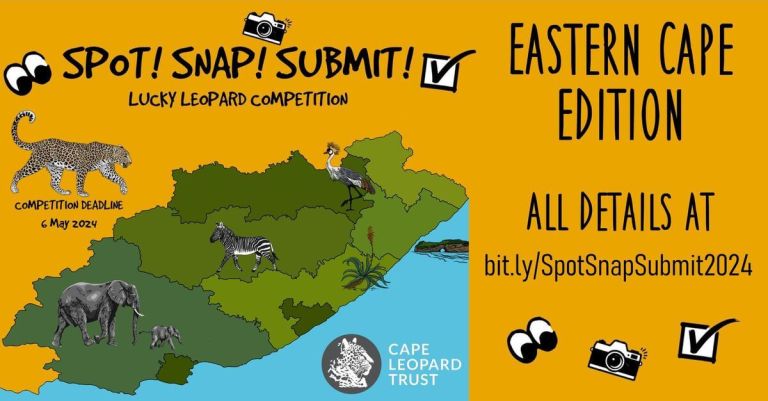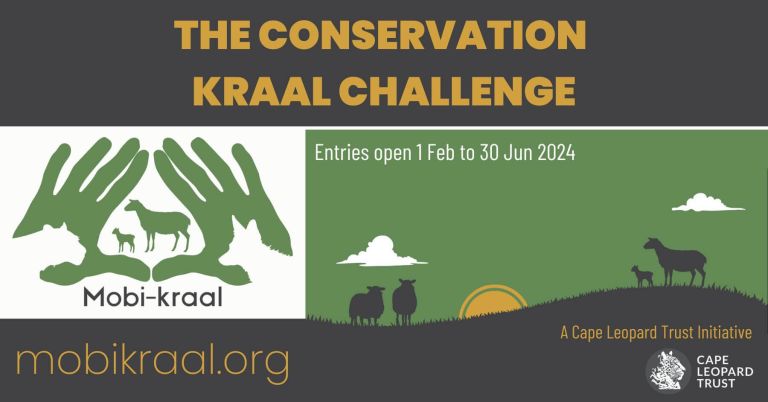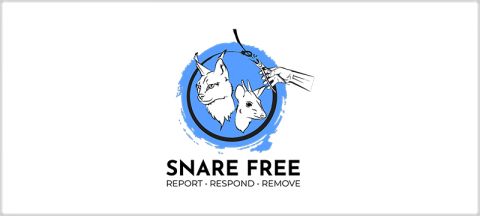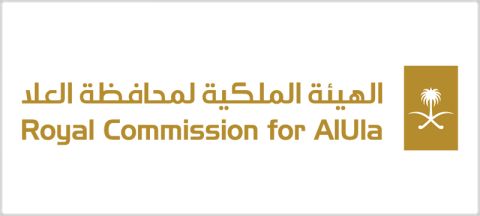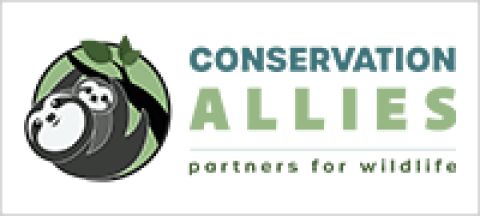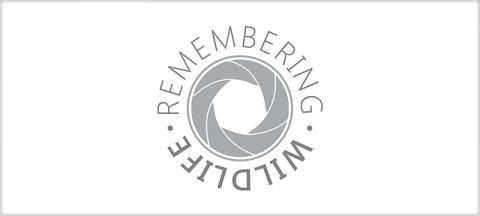Established in March 2010 by researchers Jeannie Hayward and Anita Wilkinson, the Boland Project started out as a large-scale camera trap survey to:
- record leopard presence and estimate population numbers,
- study leopard diet, activity, movement patterns etc,
- document mammal distribution and relative abundance,
- create public awareness about the biodiversity of the Boland mountains.
This baseline leopard research, the first for the area in three decades, formed the basis for further studies. A substantial sample of leopard scats (droppings) were collected and analysed, which served to establish a representative contemporary record of leopard diet for the region. Identification of individual leopards and knowledge of estimated territories from the camera trap photo data poised the project for a detailed telemetry study of habitat use and movement patterns of leopards in the fragmented, human-modified environment of the Boland mountains using GPS collar data.
The Boland study area
The Boland Project study area stretches from north of Bainskloof near Wellington, southward to the Kogelberg coast. This area comprises roughly 2000km2 of Mountain Fynbos habitat which includes six core Protected Areas managed by two statutory conservation bodies (CapeNature; City of Cape Town Biodiversity Management). These include the CapeNature Limietberg, Hottentots-Holland, Jonkershoek, Groenlandberg and Kogelberg Nature Reserves, and the CoCT Helderberg and Steenbras Reserves. A large proportion of the study area consist of water catchment areas, private nature reserves and privately owned land adjacent to the core protected areas. Also noteworthy is that this area overlaps with the UNESCO designated Cape Winelands and Kogelberg Biosphere Reserves – areas recognised for their biological and cultural diversity and value.
Over the past 10+ years, the CLT researchers have learnt a great deal about leopards in the Western Cape, and in our case specifically in the Boland. A lot of info can be found on our Q&A page, and our research methods are described here. Since the inception of the project in 2010 the Boland team has photographed over 60 adult and sub-adult leopards in the whole of the Boland study area. It should be noted that this is a cumulative number – most individuals photographed at the start of the study have since been replaced by new cats that have taken over their territories. Each leopard has a research code, numbered in order of identification, where the number is preceded by the letter 'F' (female) or 'M' (male) as well as the letter 'B' to denote that the leopard was found in the Boland project area, e.g. BF10 is the 10th female leopard to have been identified in the Boland. Most of these leopards have been given their own non-scientific names as well.
In addition, the presence of 24 other mammal species have been recorded, including African weasel, African wild cat, caracal, small- & large-spotted genet, Cape fox, aardwolf, baboon, Cape clawless otter, water mongoose, small & large grey mongoose, striped polecat, honey badger, porcupine, dassie, red rock rabbit, Cape & scrub hare, klipspringer, Cape grysbok, common duiker, grey rhebuck, and even bushbuck.

